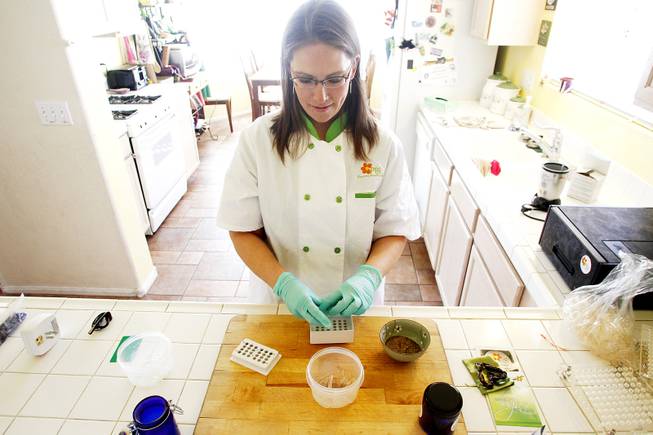
Sam Morris / Las Vegas Sun
Jodi Selander demonstrates how she would make placenta pills in her home Thursday, Feb. 21, 2013.
Friday, March 1, 2013 | 2 a.m.
Placenta encapsulation is a two-day process that converts afterbirth into pills.
For a growing number of women in Las Vegas and across the country, consuming the placenta after childbirth has been reported — but not scientifically proven — to prevent postpartum depression, boost energy and increase lactation.
UNLV researchers Daniel Benyshek and Sharon Young are studying this controversial practice, examining the placenta's nutritional contents and purported benefits.
Their research has been buoyed by Jodi Selander's help. The North Las Vegas mother launched an online afterbirth business in 2006, selling DIY encapsulation kits and instructions to women around the world. Selander helped UNLV researchers conduct a new study, released this week, looking at the most common ways women consume their placenta.
The overwhelming majority of women in UNLV's study said they preferred to convert their placenta into pills. A few women, however, said they tried cooking their placenta with food, blending it into a smoothie or eating it raw.
Selander adheres closely to the ancient Chinese medicinal way of preparing the placenta — zi he che — which calls for the organ to be steam-cooked, dried and then ground into powder. To make the placenta more palatable, Selander opts to encapsulate the powder into 500-milligram pills.
Here's a brief overview of how Selander and her network of specialists encapsulate the placenta:
-
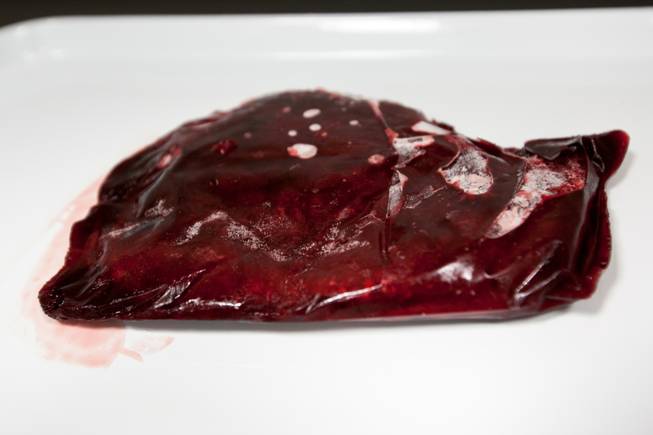
The placenta is first washed and put into a metal steaming pot to be cooked. Selander uses a special blend of herbs in the steaming water.
-
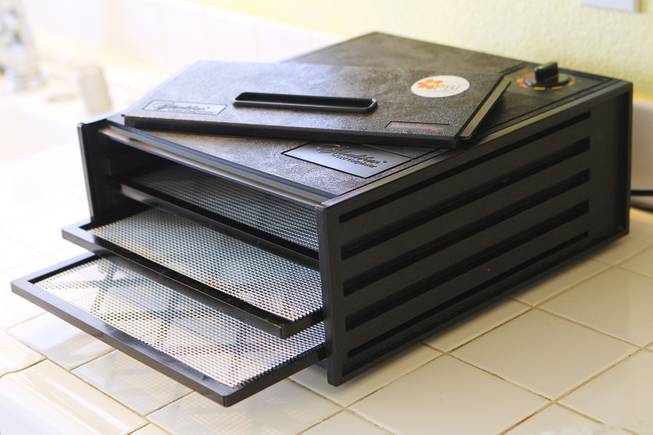
The placenta is then cut into strips and placed into a dehydrator for 24 hours.
-
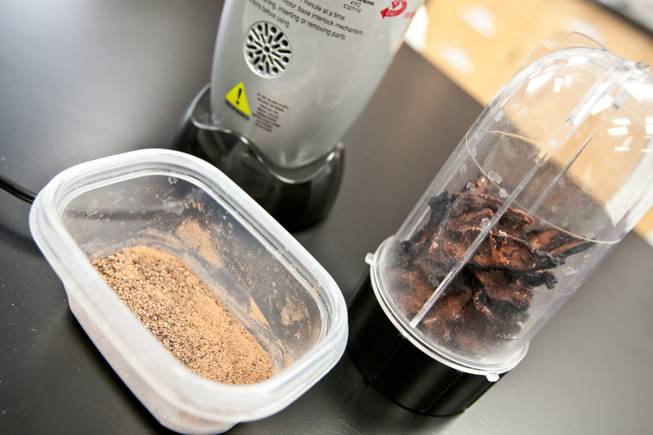
The dehydrated placenta — which now looks like jerky strips — is then put into a Magic Bullet blender and ground into course powder.
-
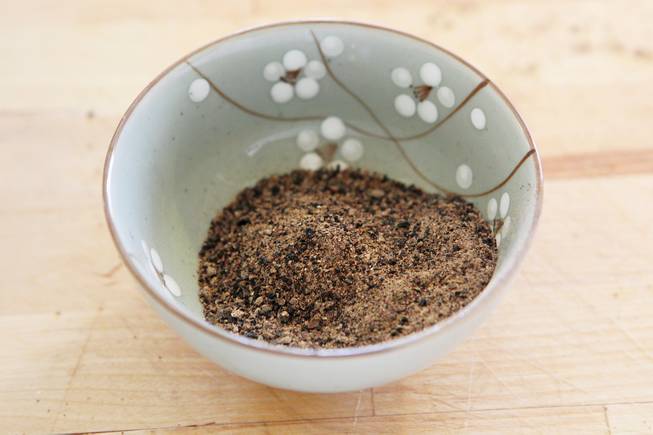
The pulverized placenta looks like cumin powder and crushed black pepper.
-
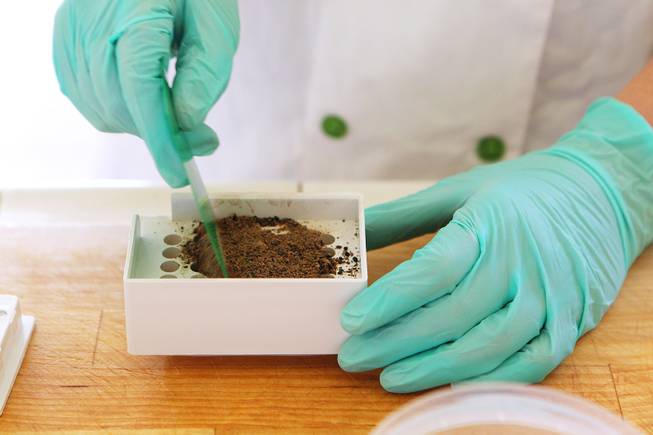
The product is then placed into a mechanical encapsulator to be packaged into pills.
-
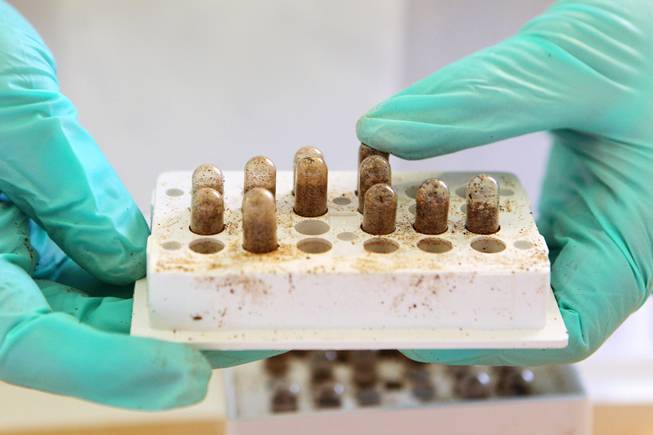
Selander uses clear gelatin capsules as well as berry-flavored capsules to create her placenta pills.
-
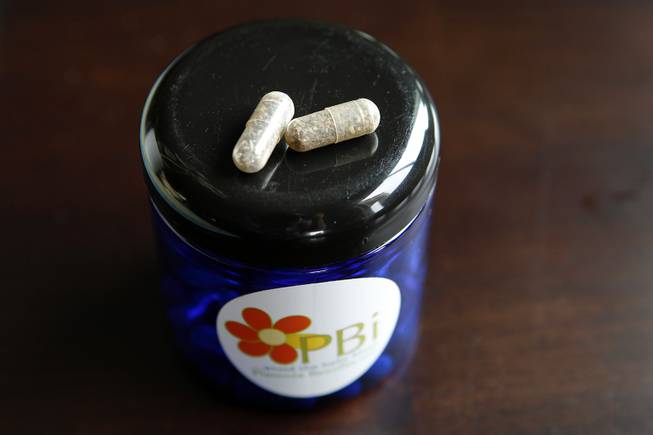
The 500-milligram placenta pills are taken twice to three times per day. Proponents of placentophagy say the pills help prevent postpartum depression and increase milk production.








Join the Discussion:
Check this out for a full explanation of our conversion to the LiveFyre commenting system and instructions on how to sign up for an account.
Full comments policy